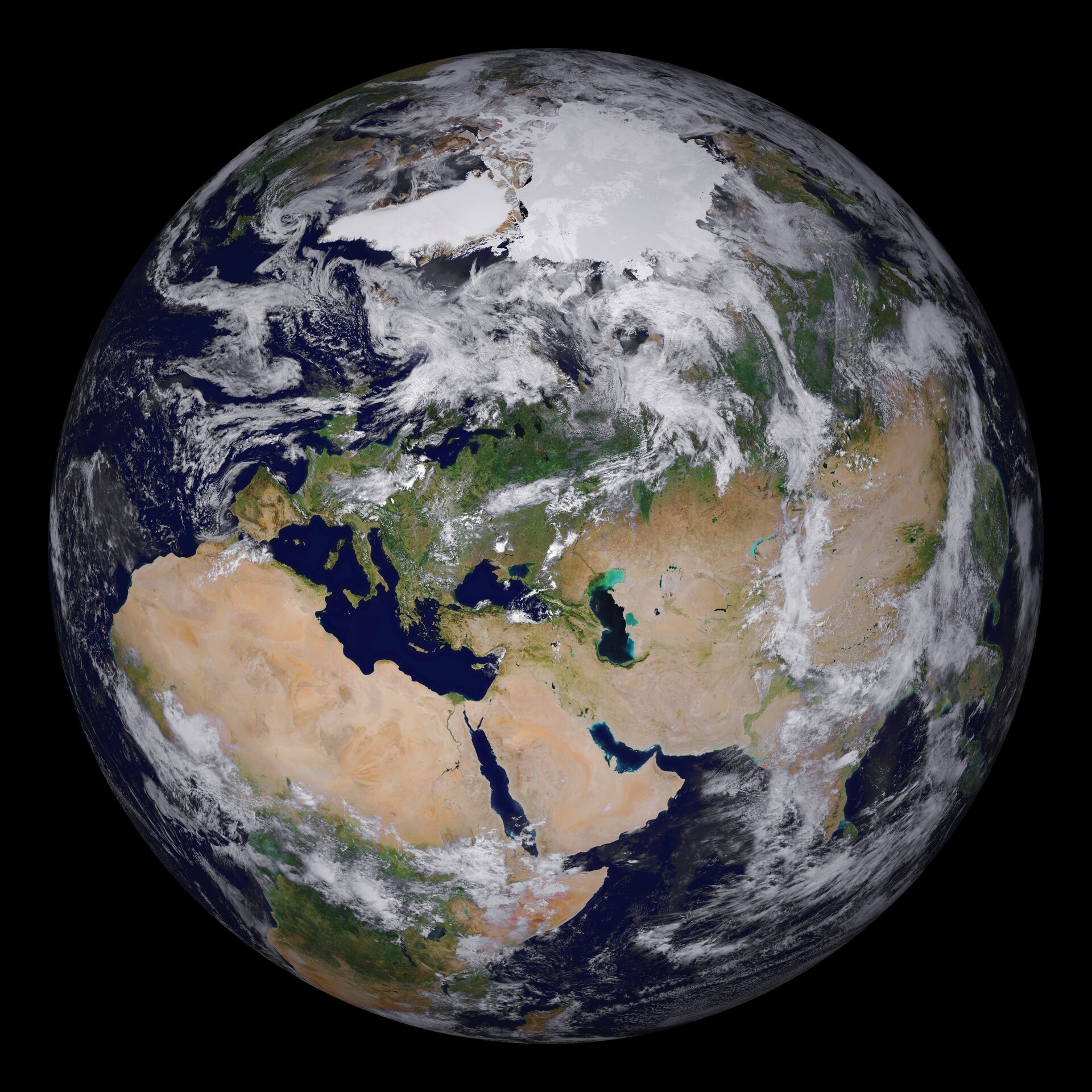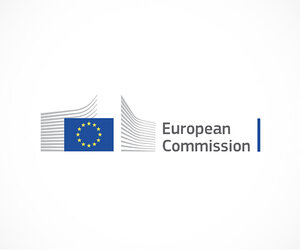ESA moves forward with Destination Earth
Earth observation provides a wealth of information to benefit our daily lives. As the demand for satellite data grows to address the challenges of climate change and a growing population, ESA, under the leadership of the European Commission, along with its key European partners, are developing high precision digital models of Earth to monitor and simulate both natural and human activity, to enable more sustainable development and support European environmental policies.
Today, at the ESA Council, Member States approved a ‘Contribution Agreement', which paves the way for cooperation with the European Commission on the Destination Earth initiative, in the context of the Digital Agenda of the European Union.
Destination Earth (DestinE) hosts digital twins — digital replicas of various aspects of the Earth's system — that can monitor, analyse, predict and safeguard various terrestrial aspects including climate dynamics, natural disasters, food and water security, ocean circulation and biodiversity.
Constantly fed with Earth observation data, combined with in situ measurements and artificial intelligence, the digital twins provide us with highly accurate representation of the past, present and future changes of our world.
The digital twins will be accessible through a user-friendly and secure cloud-based digital modelling and simulation platform, that will be developed by ESA.
Specifically, DestinE will:
- Support the prediction of both natural disasters and man-made environmental damage with high precision.
- Enable the continuous and accurate monitoring of the health of the planet by focusing on the effects of climate change, for example on the oceans, water, Earth’s ice caps, land use etc.
- Allow us to better understand the socio-economic effects of climate change and the occurrence of extreme natural disasters.
The models will help scientists, politicians and the general public to understand the complex interactions that environment and humans will play in shaping Earth’s future. Destination Earth will also form the baseline for effective European adaptation strategies in support of the green transition, helping the EU reach its goal of becoming carbon neutral by 2050, and the implementation of the European Commission’s Green Deal and Digital Strategy.
ESA Acting Director of Earth Observation Programmes, Toni Tolker-Nielsen, commented, “It is vital we understand how the climate crisis will evolve and how we can tackle these challenges over the coming decades. Destination Earth is a key initiative for Europe, forming the baseline for effective European adaptation strategies and supporting the green transition.
“Through ESA’s expertise, we are pushing forward with Destination Earth, making us an invaluable partner for the European Commission. We are looking forward to collaborating with ECMWF and Eumetsat in order to make this a reality.”
Destination Earth Partners
The European Commission will lead and coordinate the implementation efforts among a core group of leading European organisations which will be responsible for developing the main elements of the initiative. These include ESA, the European Centre for Medium-Range Weather Forecasts (ECMWF) and the European Organisation for the Exploitation of Meteorological Satellites (Eumetsat).
ESA will be responsible for the DestinE Open Core Service Platform, a user-friendly and secure cloud-based digital modelling and open simulation platform. The platform will rely on the most comprehensive and sophisticated space-based observation data, including data from ESA’s Earth Explorers, the Copernicus Sentinel series, the meteorological missions and different Earth observation satellites.
The Destination Earth platform will be accessible to a full range of stakeholders from experts, scientists and policymakers to individuals. The platform will employ novel digital technologies, such as cloud-based supercomputing and artificial intelligence for providing extreme-scale data analytics, Earth-system monitoring, simulation and prediction capabilities to its users. At the same time, it will allow users to customise the platform, integrate their own data and develop their own applications.
Eumetsat will be responsible for the DestinE Data Lake: a pool of data building on the federation of distributed data sources.
ECMWF will be responsible for the Digital Twin Engine, including the development of the two initial Digital Twins.
Upcoming Digital Twins
DestinE will be implemented gradually over the next five to six years. The first two digital twins to be developed will be: Digital Twin on Weather-Induced and Geophysical Extremes and the Climate Change Adaptation Digital Twin.
The Digital Twin on Weather-Induced and Geophysical Extremes, managed by ECMWF, will provide capabilities and services for the assessment and prediction of environmental extremes. Decision-makers will be able to anticipate the occurrence and impacts of extreme natural events, such as flooding and forest fires, with increased precision.
The Digital Twin on Climate Change Adaptation will support the generation of analytical insights and testing of predictive scenarios in support of climate adaptation and mitigation policies at decadal timescales, at regional and national levels.
A key milestone is the launch of these two digital twins by December 2030.
More digital twins will be developed in the following years and brought together to develop a ‘full’ digital replica of the Earth system by 2030. The possible new developments can include digital twins of the oceans, biodiversity and urban environments.










